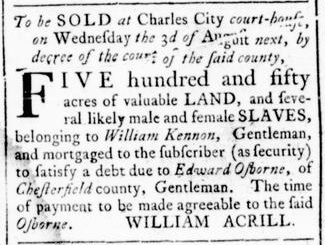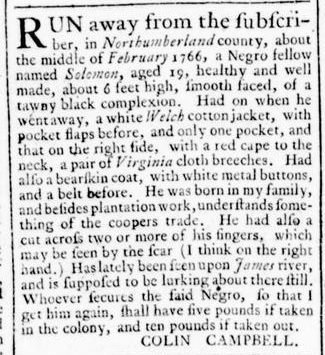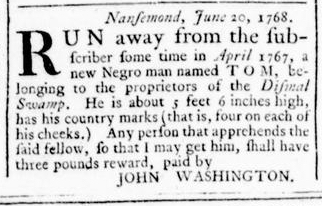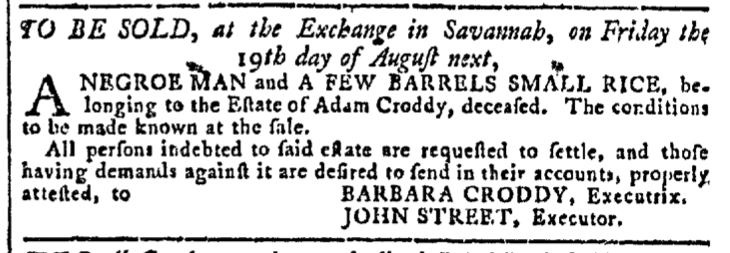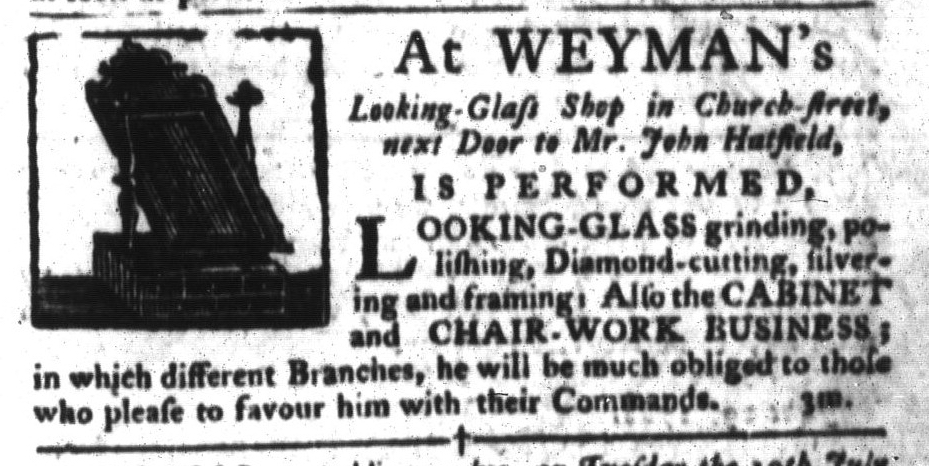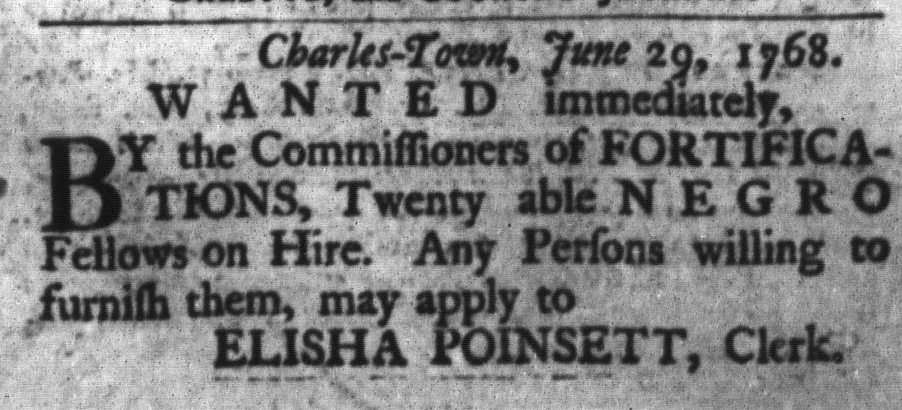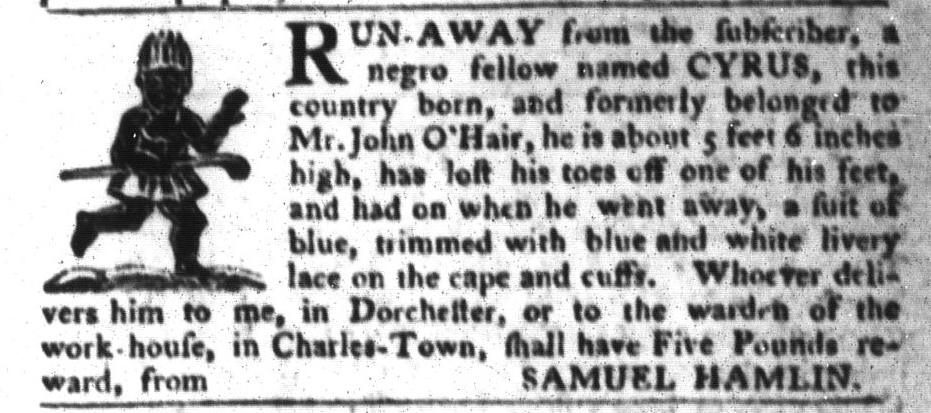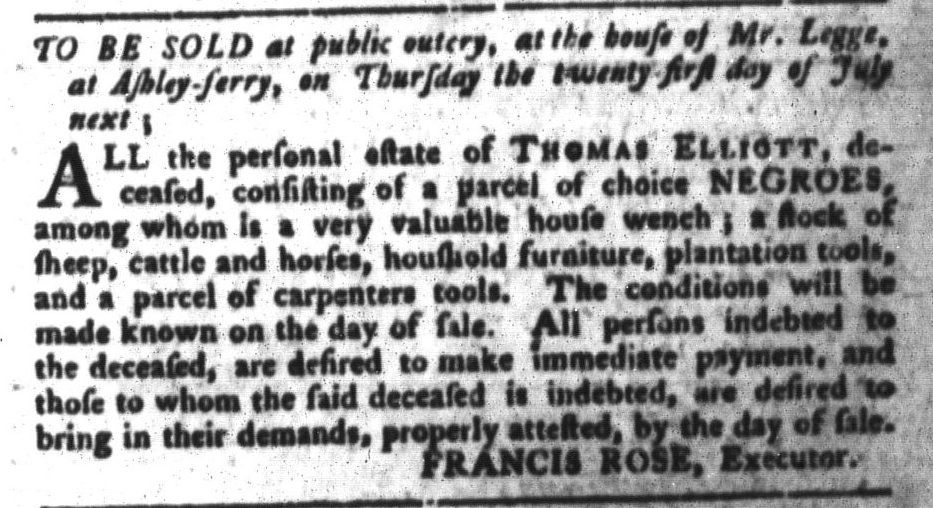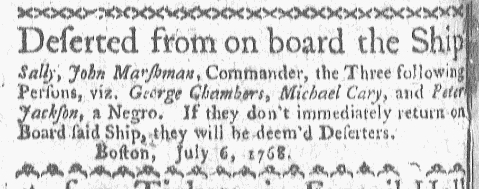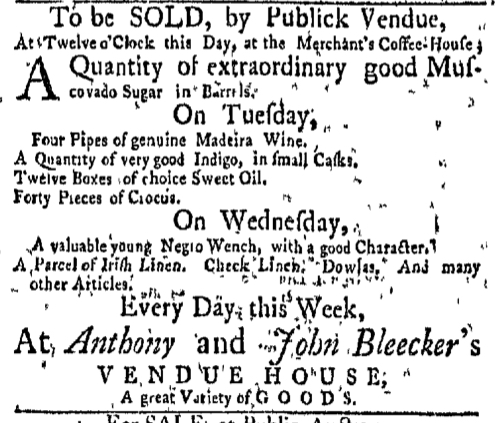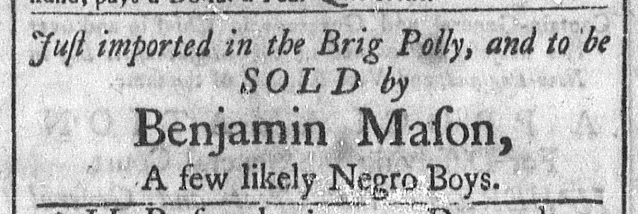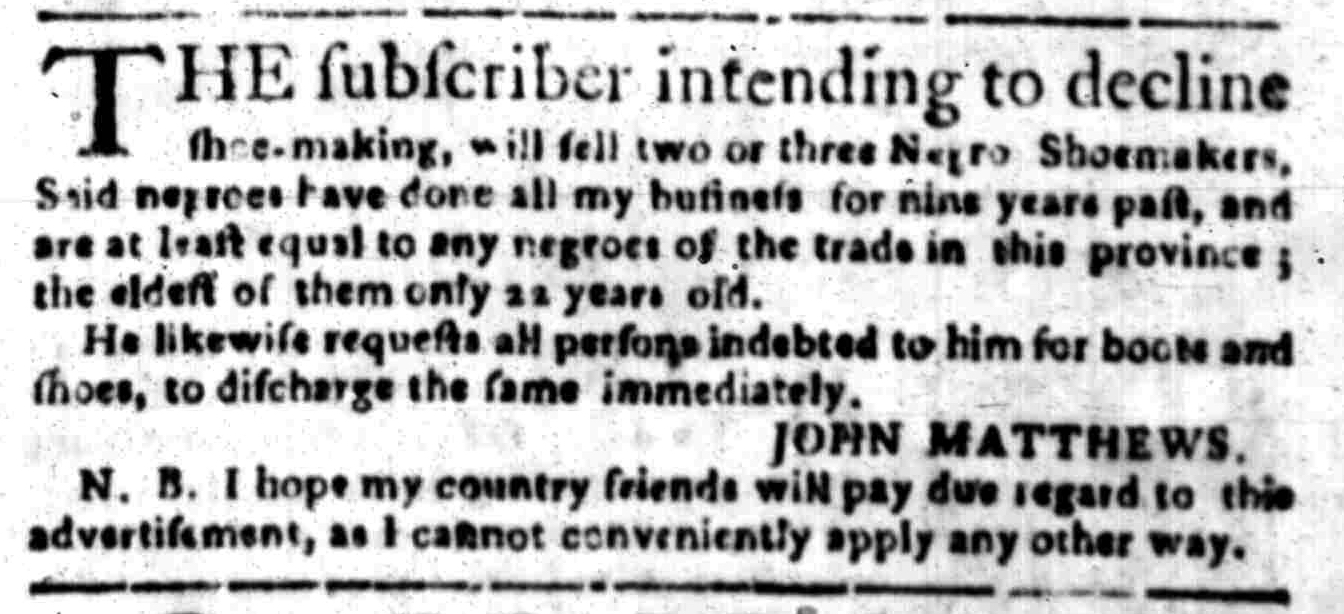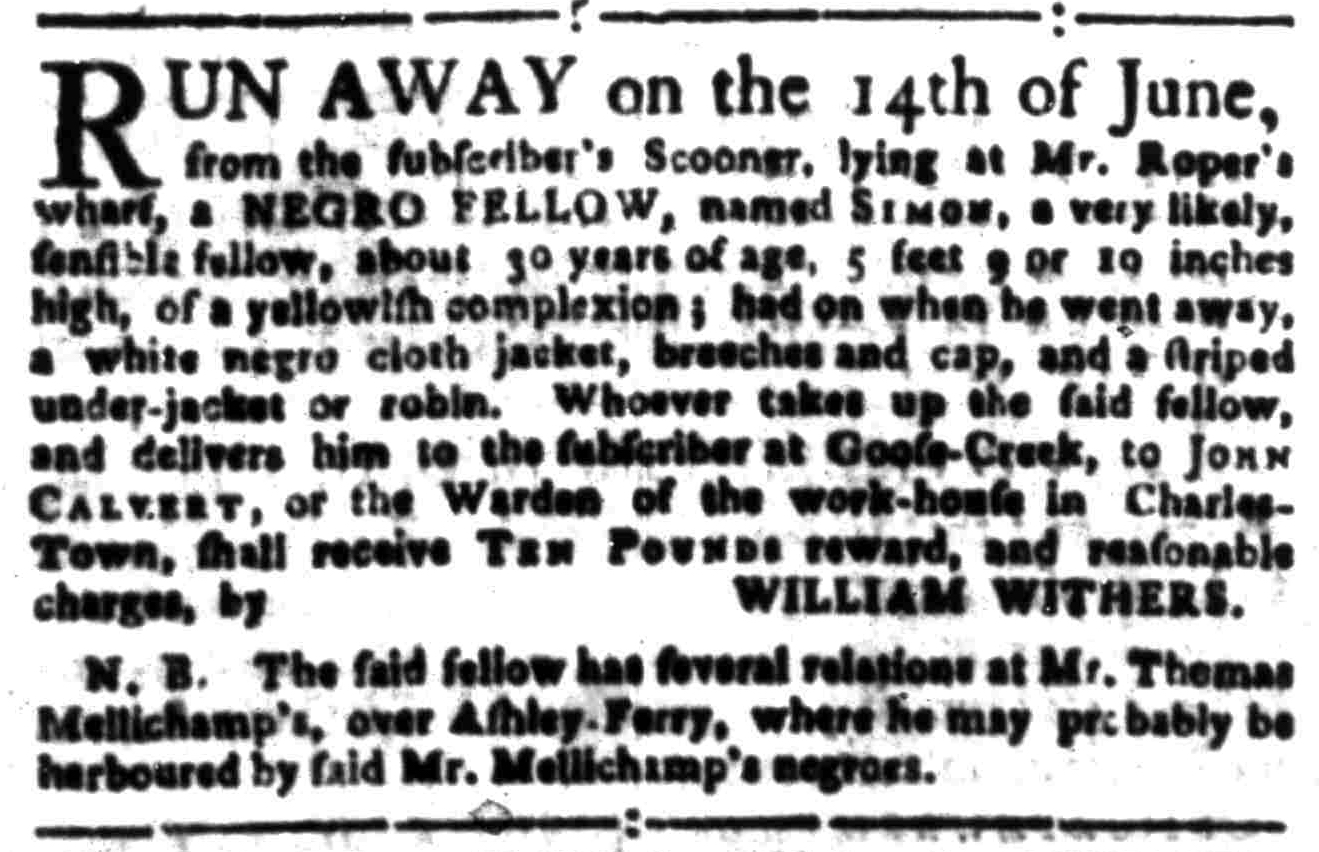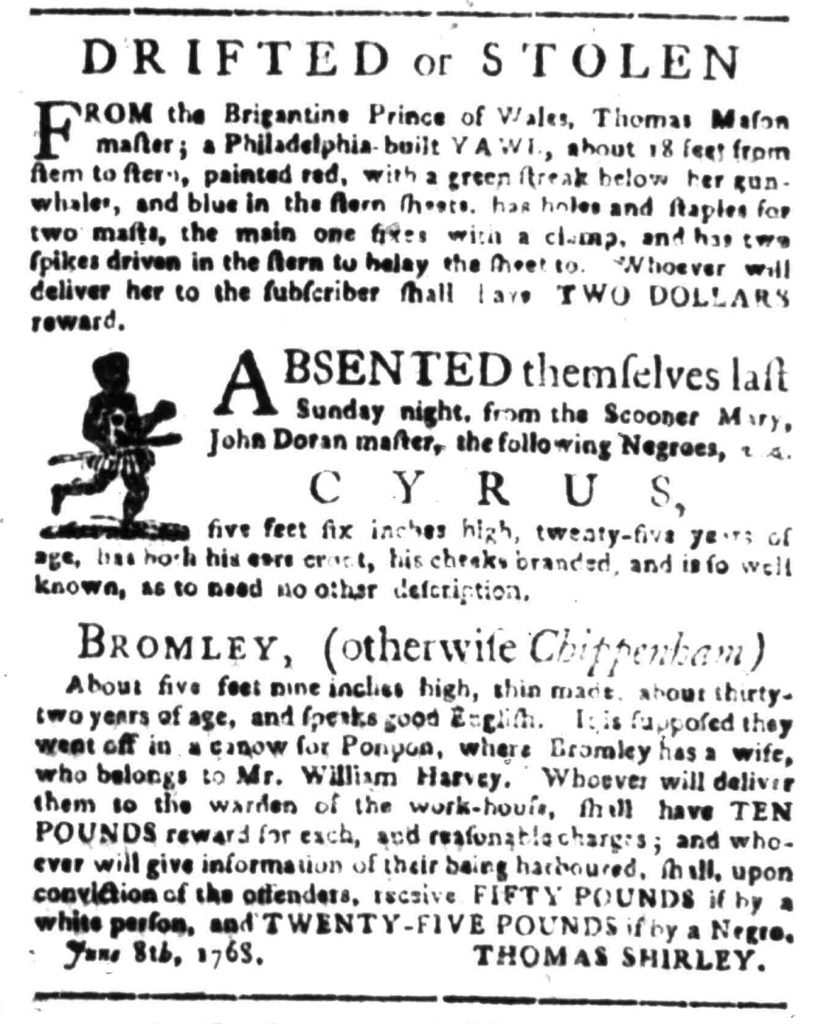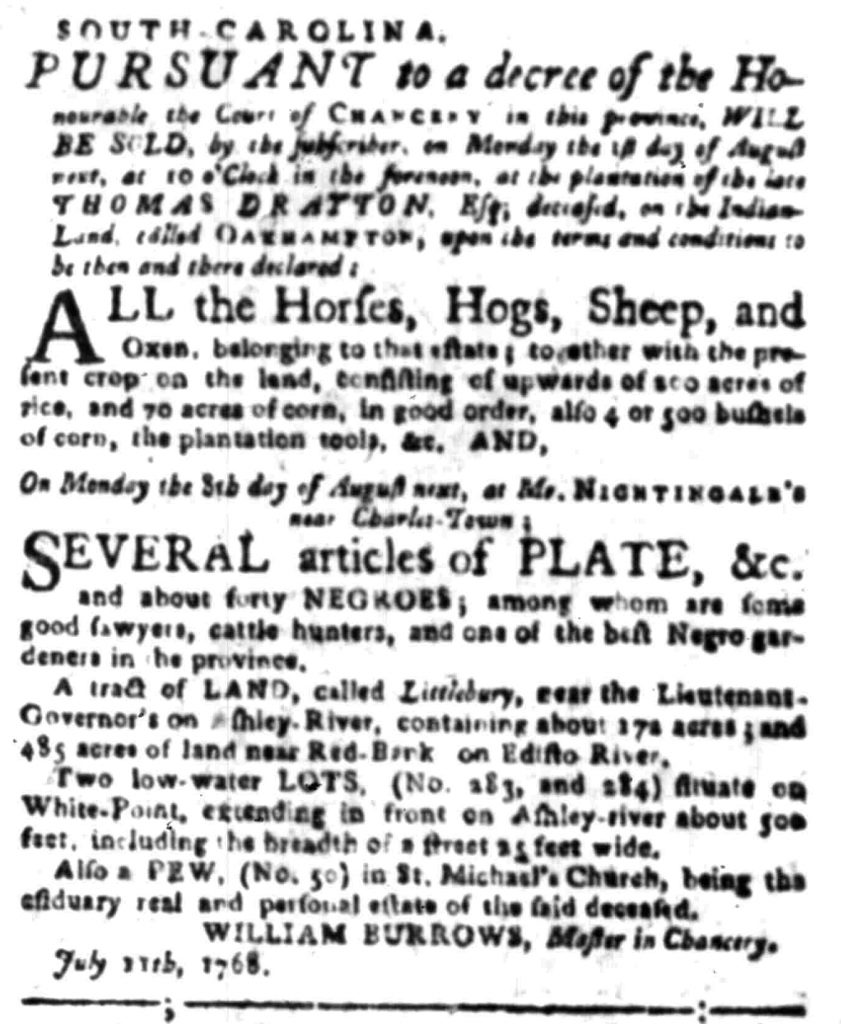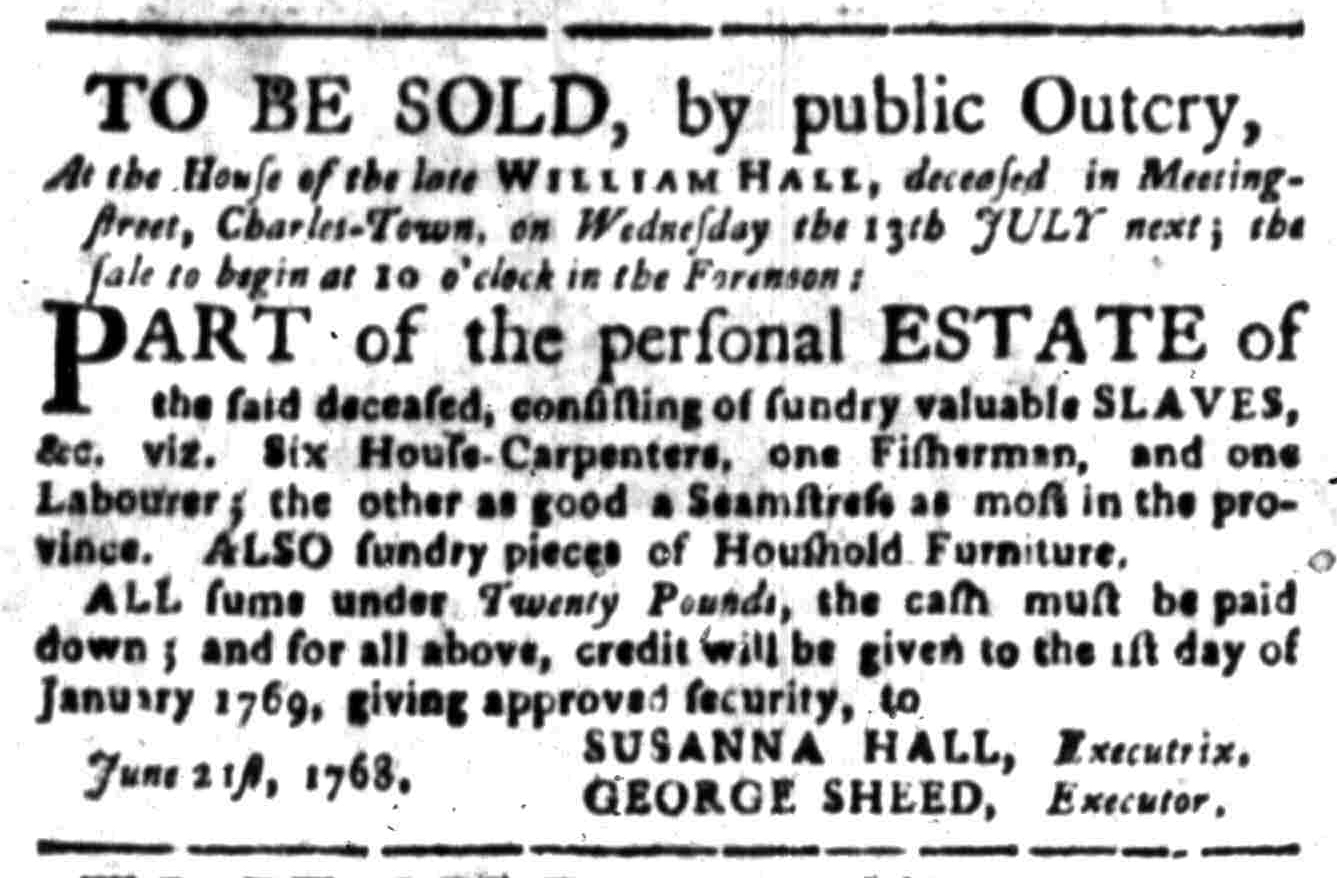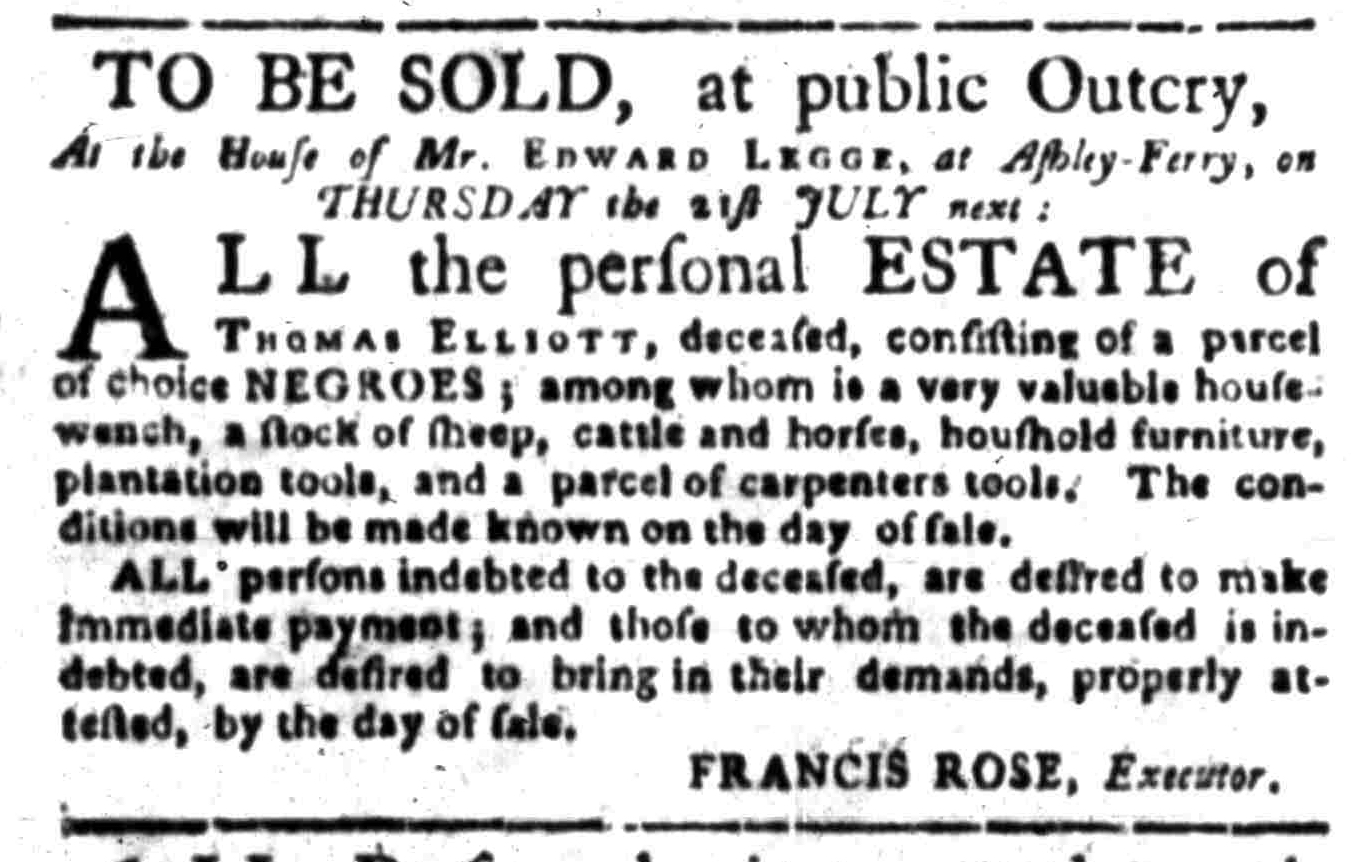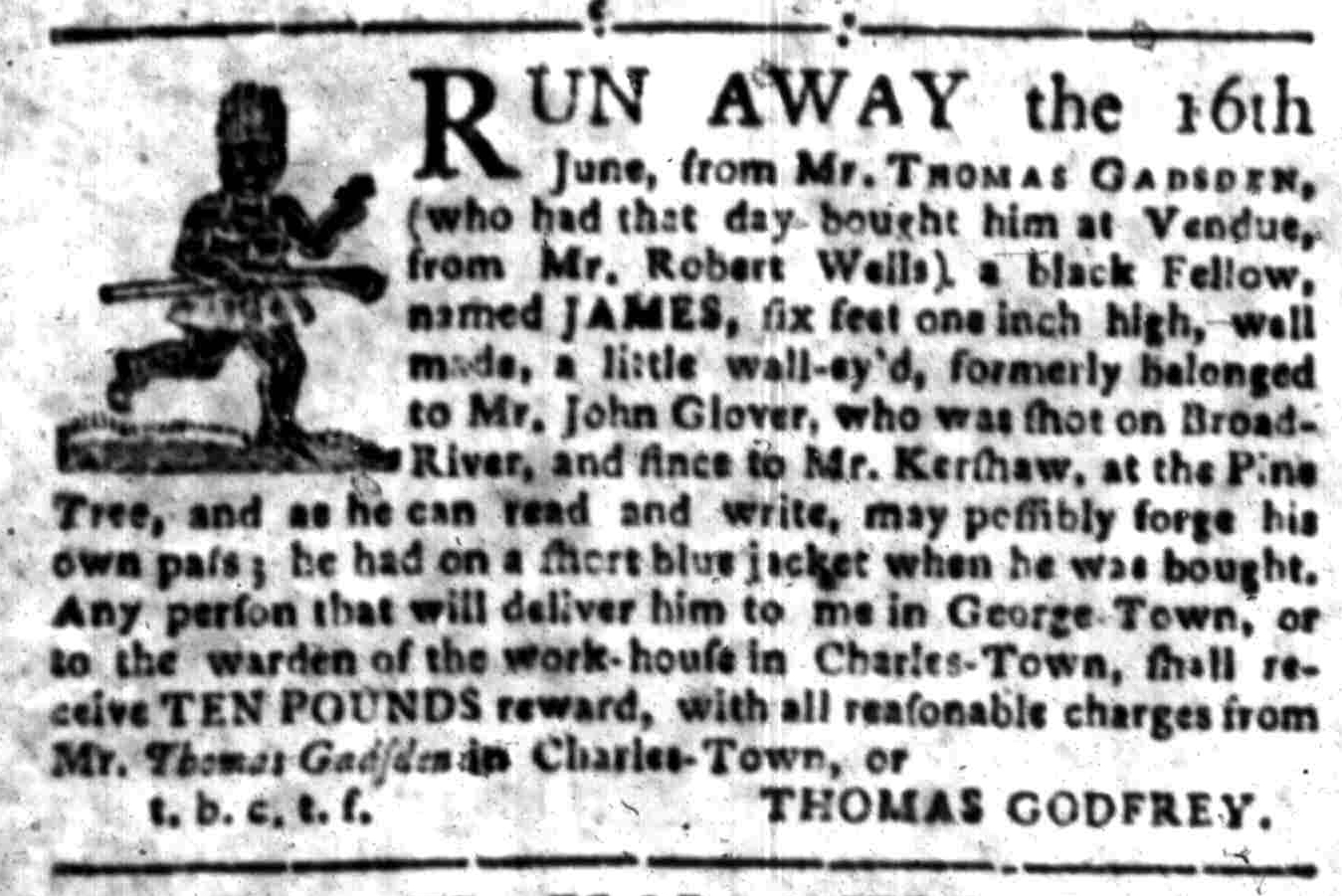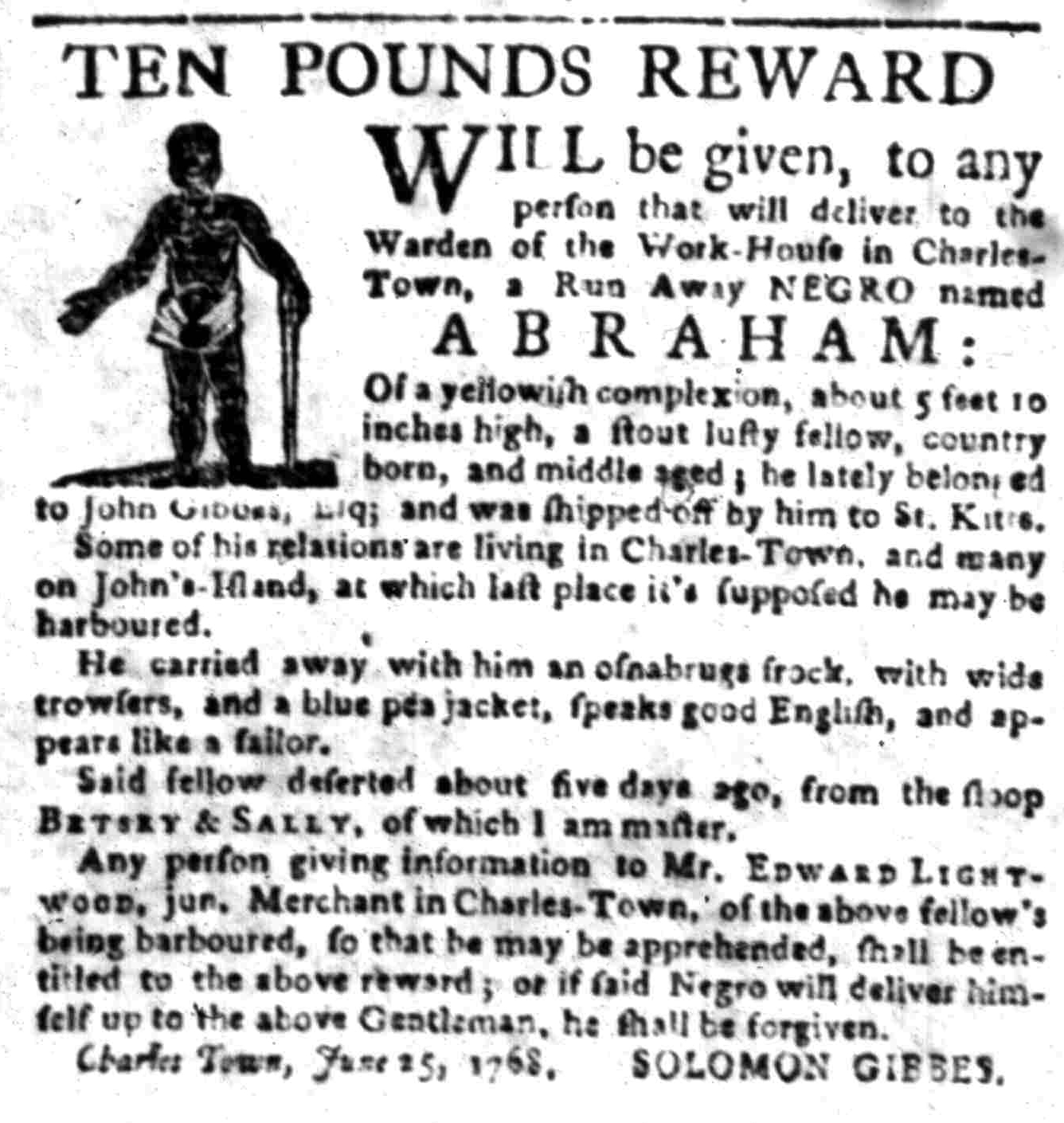What was advertised in a colonial American newspaper 250 years ago today?

“Ready Money for clean Linen Rags.”
When John Keating placed an advertisement for the New-York Paper Manufactory in the July 14, 1768, edition of the New-York Journal, he did not merely seek customers. Instead, he sought supplies, rags in particular, necessary for the functioning of his enterprise. Throughout the colonies, newspaper readers frequently encountered calls for rags. Printers often inserted brief, generic notices that requested readers submit clean rags that could be made into paper. In the second half of the 1760s, in the wake of the Stamp Act and the Townshend Act, the calls for rags became lengthier and more elaborate, especially as the proprietors of the New-York Paper Manufactory and its counterparts in other colonies linked economic and political purposes to the formerly mundane process of collecting rags for paper production.
Keating made the stakes clear when he addressed “All those who have the Welfare of the Country at Heart.” Rather than think of linen rags as useless or contemplate the small sums they might yield in trade, he insisted that readers consider “the Benefit which will accrue to the Public in general if the Manufactory is supplied with Rags.” Increasing the volume of paper produced locally would reduce dependence on imports. Turning over rags to Keating and the New-York Paper Manufactory would “enable us to make a sufficient Quantity of Paper for our own Consumption, and by this Means keep in the Province the Sums of Money, which is annually remitted for this single Commodity.” In other words, colonists sent too much of their money to England, never to see it again due to an imbalance in trade, when they purchased paper that could otherwise be produced locally. In addition, the New-York Paper Manufactory created jobs: “by manufacturing of it here, Numbers of poor People are daily employ’d.” Overall, supporting the New-York Paper Manufactory amounted to an expression “of public Utility.”
John Keating was part of an incipient “Buy American” campaign that emerged in the 1760s and increasingly found expression in newspaper advertisements as the imperial crisis intensified. Just as consumption practices took on political valences, so too did some of the most mundane of daily activities, such as the decision to save rags for “the Welfare of the Country” rather than discard them.

















